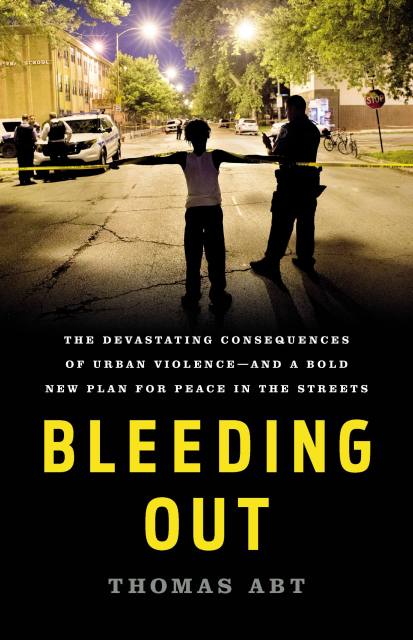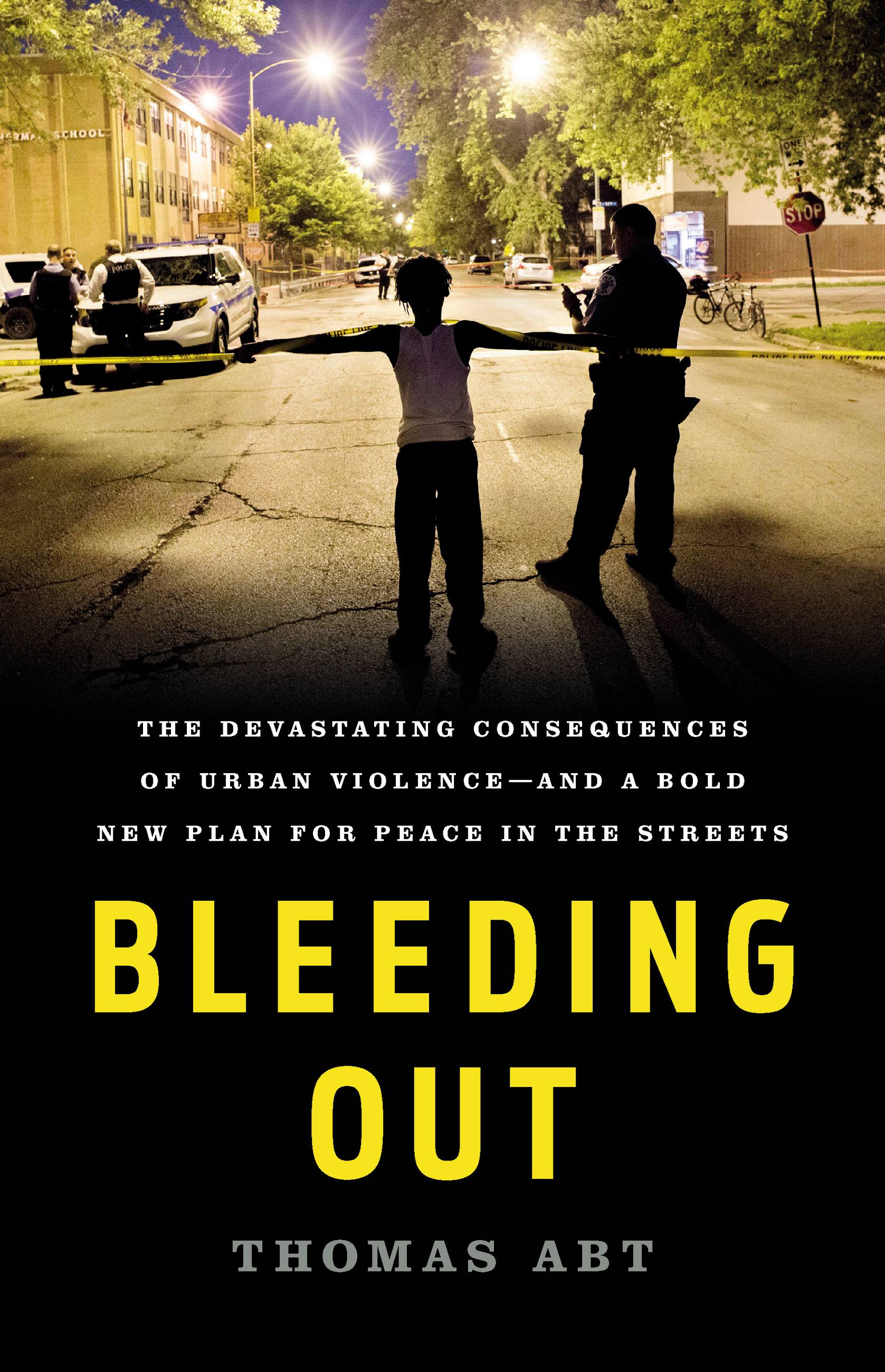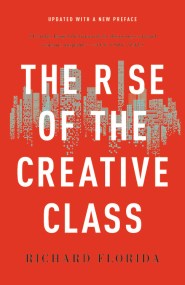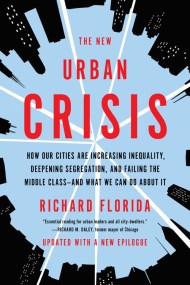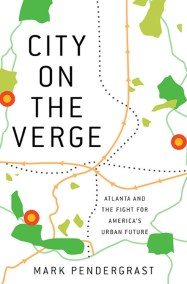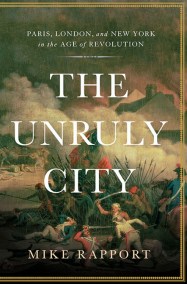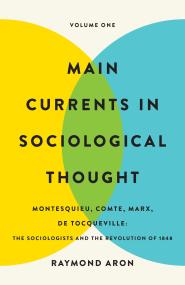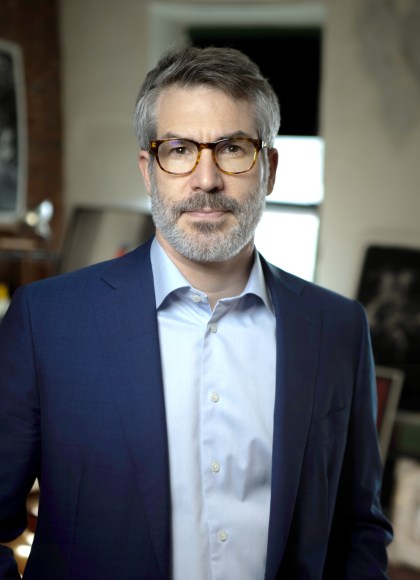Promotion
25% off sitewide. Make sure to order by 11:59am, 12/12 for holiday delivery! Code BEST25 automatically applied at checkout!
By clicking “Accept,” you agree to the use of cookies and similar technologies on your device as set forth in our Cookie Policy and our Privacy Policy. Please note that certain cookies are essential for this website to function properly and do not require user consent to be deployed.
Bleeding Out
The Devastating Consequences of Urban Violence--and a Bold New Plan for Peace in the Streets
Contributors
By Thomas Abt
Formats and Prices
- On Sale
- Jun 25, 2019
- Page Count
- 304 pages
- Publisher
- Basic Books
- ISBN-13
- 9781541645714
Price
$18.99Price
$24.99 CADFormat
Format:
- ebook $18.99 $24.99 CAD
- Hardcover $30.00 $39.00 CAD
- Audiobook Download (Unabridged)
This item is a preorder. Your payment method will be charged immediately, and the product is expected to ship on or around June 25, 2019. This date is subject to change due to shipping delays beyond our control.
Buy from Other Retailers:
Coupling the latest social science with firsthand experience as a crime-fighter, Abt proposes a relentless focus on violence itself — not drugs, gangs, or guns. Because violence is “sticky,” clustering among small groups of people and places, it can be predicted and prevented using a series of smart-on-crime strategies that do not require new laws or big budgets. Bringing these strategies together, Abt offers a concrete, cost-effective plan to reduce homicides by over 50 percent in eight years, saving more than 12,000 lives nationally. Violence acts as a linchpin for urban poverty, so curbing such crime can unlock the untapped potential of our cities’ most disadvantaged communities and help us to bridge the nation’s larger economic and social divides.
Urgent yet hopeful, Bleeding Out offers practical solutions to the national emergency of urban violence — and challenges readers to demand action.
Genre:
Newsletter Signup
By clicking ‘Sign Up,’ I acknowledge that I have read and agree to Hachette Book Group’s Privacy Policy and Terms of Use
